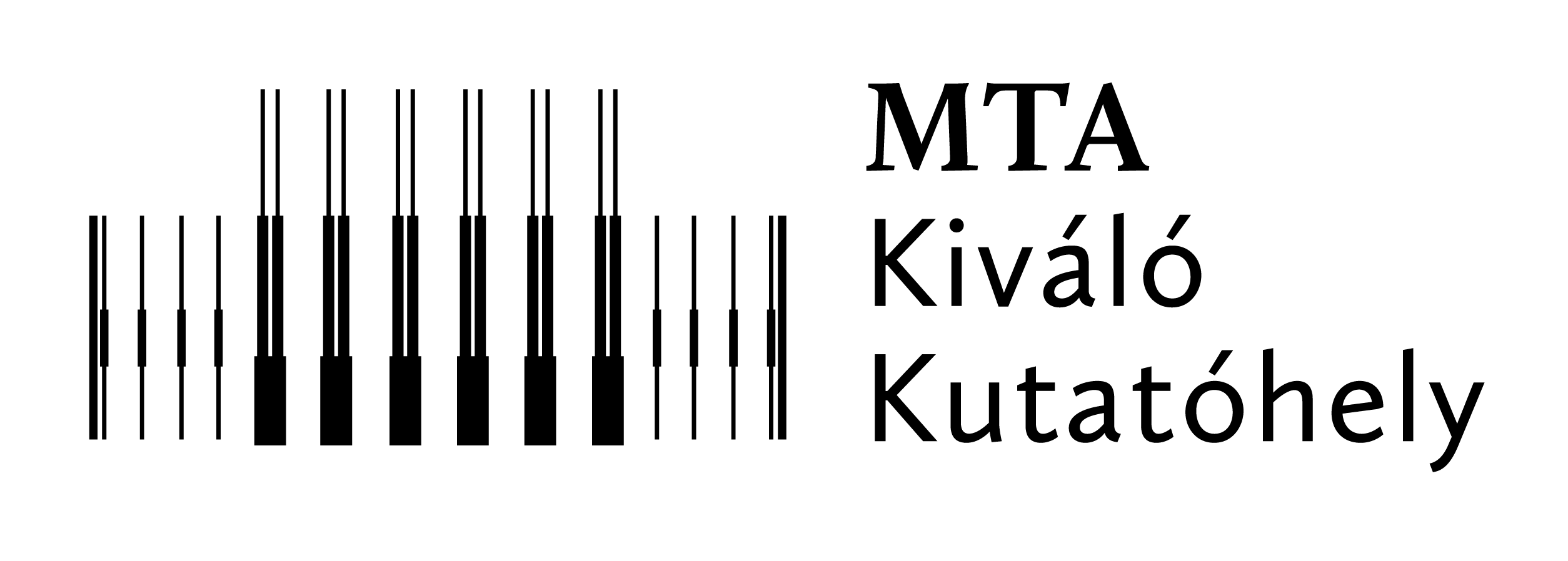“Motor Control of Object Manipulation. Normal Behavior and Consequences of Brain Damage”
by Joachim Hermsdörfer (Chair of Human Movement Science, Technical University of Munich)
&
"Robotic Rehabilitation and Its Effect on Human Motor Control: Challenges and Opportunities"
by Prof. Jürgen Konczak (University of Minnesota, School of Kinesiology)
Tuesday, July 11, 2017 from 13:15 to 14:15 (Europe/Budapest)
at KFKI campus ( Bldg.1. Meeting Room )
Outline 1. (Prof Hermsdörfer):
During object manipulation adequate grip forces must be generated that are high enough to prevent slippage of the grasped object but are low enough to avoid fatigue or object damage. During movements of grasped objects acceleration dependent inertial loads add to gravitational loads. It has been shown that grip force precisely anticipate the physical load. The first part of the presentation presents data on grip force control during dynamic loading in microgravity, in conditions of skin anesthesia and cortical or cerebellar lesions. Grip force also anticipate physical properties of the object such as size and weight. In another series of experiments we investigated how healthy subjects and stroke patients anticipate the size, the material, the center of gravity and finally the identity of grasped and lifted object. Interestingly only the later condition posed serious problem on force scaling with the left non-paretic hand in stroke patients with left brain damage.
Outline 2: (Prof. Konczak).
It is not a science fiction scenario, but within the next two decades the use of robotic devices to aid motor recovery after injury or to train lost motor function will become common place. I will report on the challenges, that is, to design robots that take into account human biomechanics and neuromuscular physiology so they can interact seamlessly with humans and understand specific motor control deficits of a patient. I will also highlight the opportunities of this approach to improve the current level of care in rehabilitation clinics.



